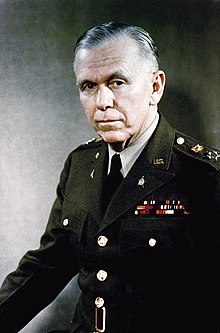In a brief but potent message to Congress, FDR summarizes the events of the"...date that will live in infamy...". He mentions not only the Japanese naval and air attack on Pearl Harbor, which cost a great deal of American lives, but also reveals that the Japanese had been deliberately deceiving the U.S. in the recent peaceful diplomatic negotiations. He addresses the scope of the Japanese offensive, who also attacked Hong Kong, Guam, the Philippines, Wake Island, and Midway Island on the same day. He concludes by asking Congress to declare that war opened between Japan and the U.S. when Japan attacked the day before.


FDR's Declaration of War on Japan reminded me of President Bush's declaration of war on terror after 9/11 because both the attacks of Pearl Harbor and the 9/11 terrorist attack were dates that will live in infamy, and both leaders provided charismatic speeches to stabilize the American public.




_edit1.jpg)






